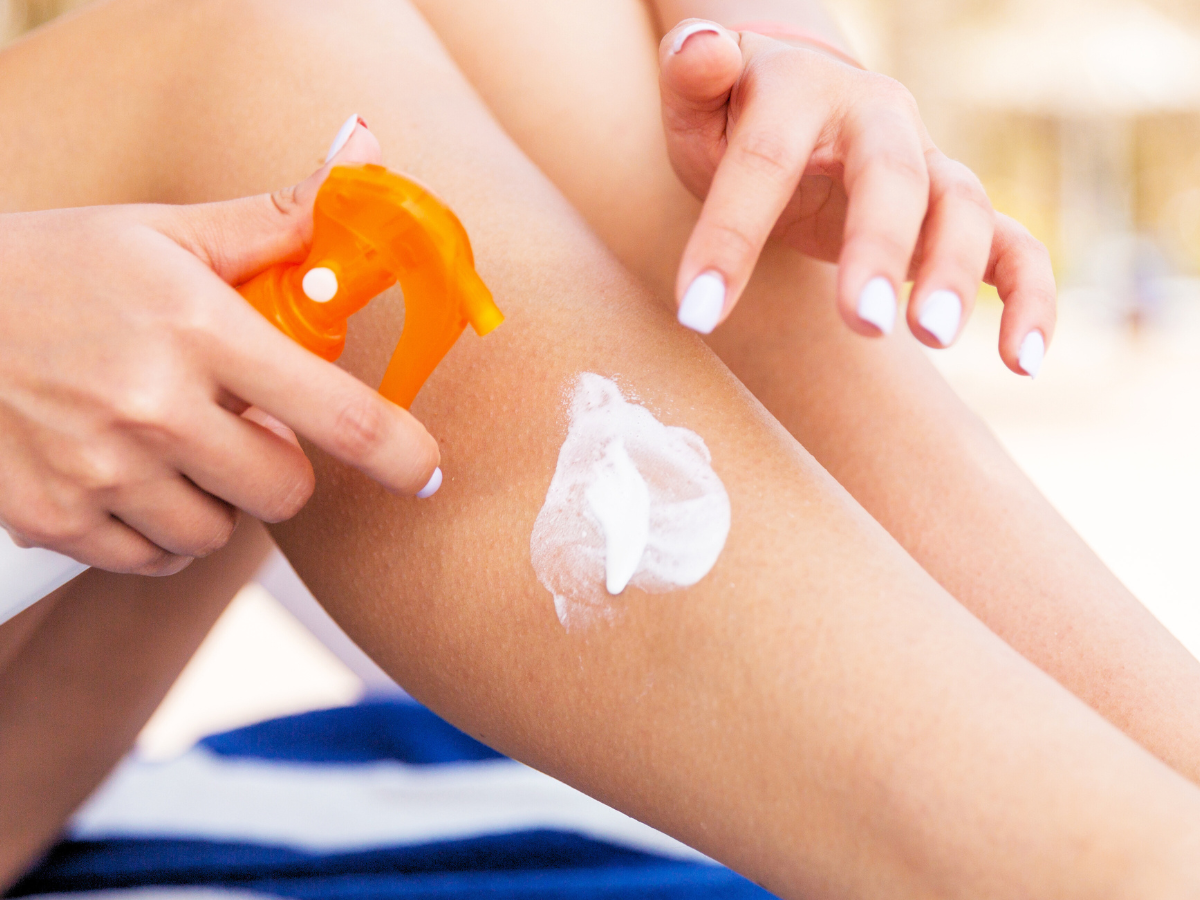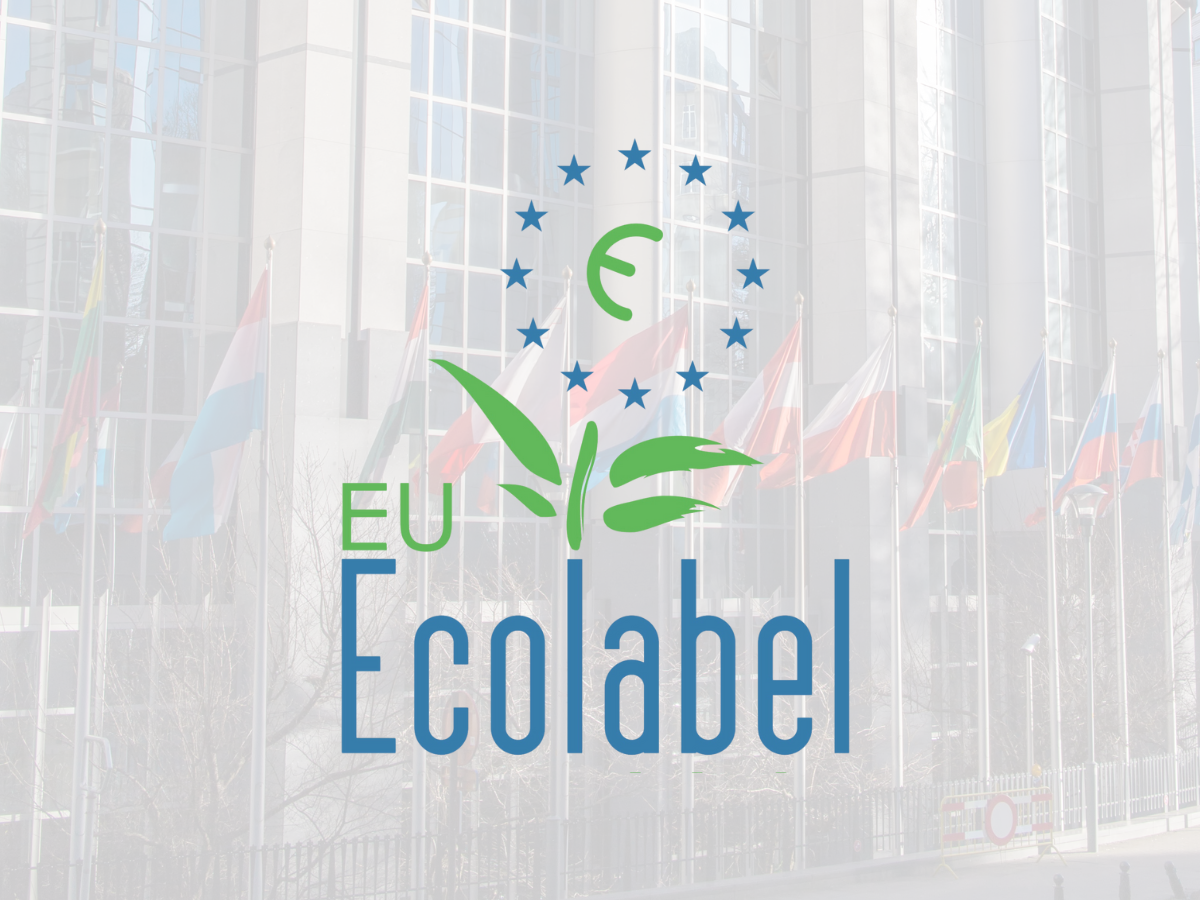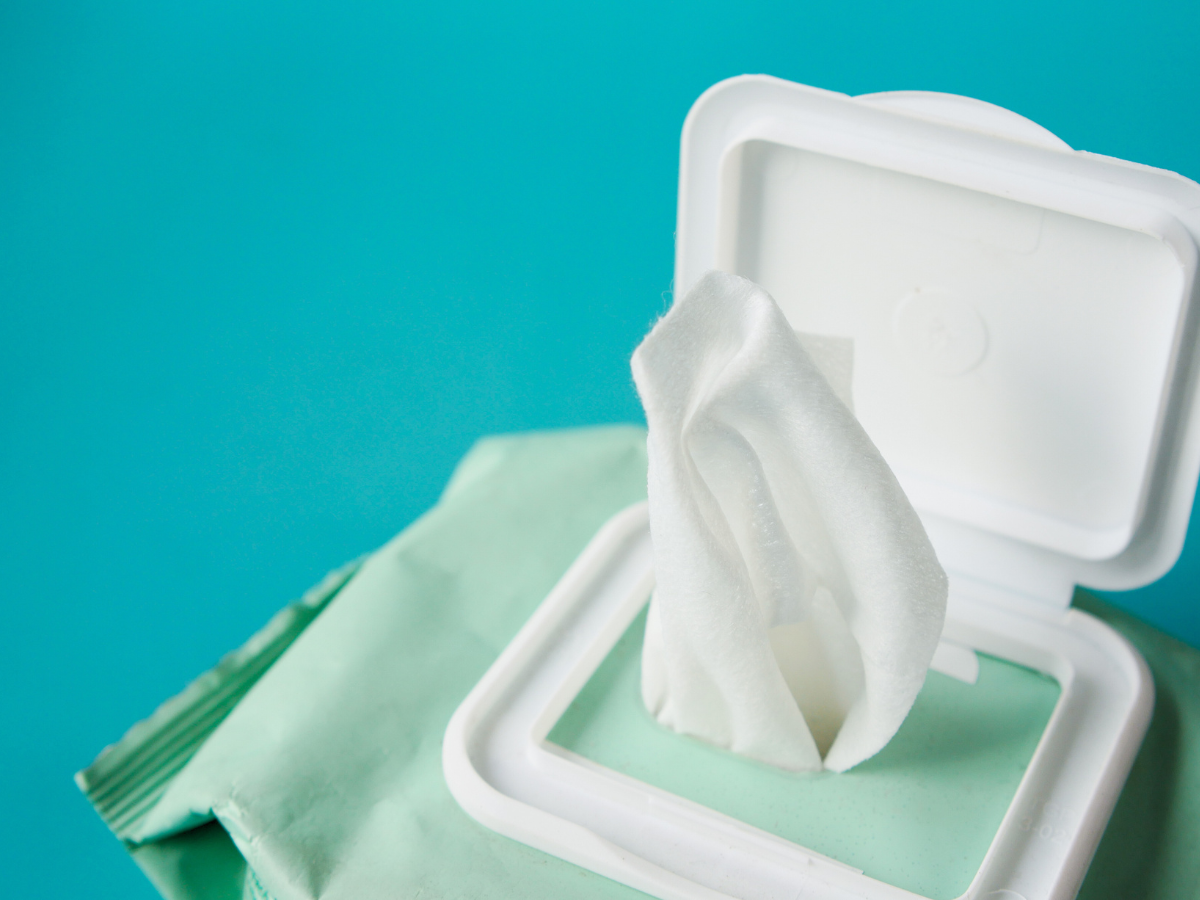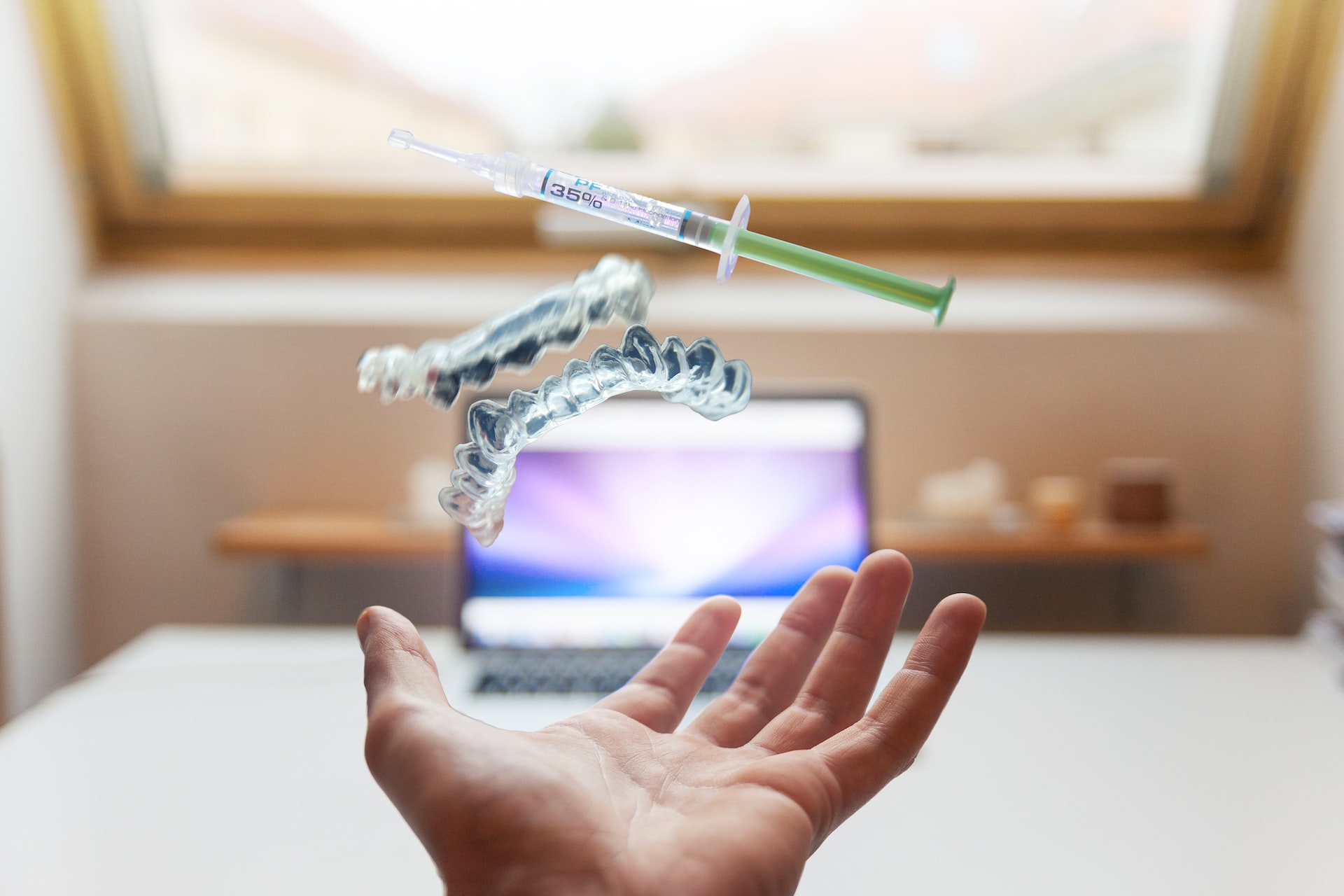NANOMATERIALS EU LEGAL FRAMEWORK
According to the European Regulation (EC) No 1223/2009 on cosmetic products, nanomaterial means “an insoluble or bio-persistent and intentionally manufactured material whit one or more external dimensions, or an internal structure, on the scale from 1 to 100 nm”. This definition may suffer adjustments in the future by the Commission, in line with the constant technical and scientific developments seen in the field of nanotechnologies.
All cosmetic products that contain nanomaterials shall be subject to a higher level of protection of human health. This means that, when notifying a cosmetic product, the presence substances in the nano form needs to be duly identified.
Cosmetic products containing nanomaterials must be notified by the Responsible Person (by electronic means) six months before being placed on the market. They must be authorized by the European Commission prior to their use in cosmetic and personal care products. This does not apply when the nanomaterials are used as colourants, UV-filters or preservatives and are already included in the Annexes of the European Regulation (the “positive” lists).
The notification of cosmetic products containing nanomaterials has to include, at least:
• Identification of the nanomaterial (including its chemical name – IUPAC);
• Specification of the nanomaterial (size of particles, physical and chemical properties);
• Estimation of the quantity of nanomaterial contained in cosmetic products intended to be placed on the market per year;
• Toxicological profile of the nanomaterial;
• Safety data of the nanomaterial relating to the category of cosmetic product (as used in such products);
• Reasonably foreseeable exposure conditions.
If there are any concerns regarding the safety of a nanomaterial, the European Commission shall request the Scientific Committee on Consumer Safety (SCCS) to give its opinion on the safety of such nanomaterial for use in the relevant categories of cosmetic products and on the reasonably foreseeable exposure conditions. If, according to the SCCS final opinion, there is a potential risk to human health, including when there is insufficient data, the Commission shall put in place the necessary risk management measures and may amend Annexes II and III (list of prohibited substances in cosmetics and list of substances which cosmetic products must not contain except subject to the restrictions laid down).
SAFETY OF NANOMATERIALS IN COSMETICS
Until now, the concerns of the Commission that gave origin to requests of the SCCS opinions have been base on the intrinsic properties of nanomaterials, as a category, because of their nano-scale dimension, bio-persistence and insolubility.
The SCCS reviews submitted toxicological data and publishes its opinion on the safety of the ingredients in cosmetics. Several opinions on ingredients in the nano form have been published by the SCCS (like, colloidal silver, styrene/acrylates polymer, copper and colloidal copper, hydroxyapatite, silica, and others).
March this year, the European Commission’s SCCS has published a scientific advice on the safety of nanomaterials in cosmetics (SCCS/1618/20). The SCCS has identified certain aspects of nanomaterials that constitute a basis for concern over safety to consumers’ health when used in cosmetic products. Physicochemical aspects (like the very small dimensions, solubility/persistence, etc.), exposure aspects (such as frequency and amounts used, etc.) and other aspects (like novel properties, activity or function, etc.) were among the attributes considered.
Previous inconclusive opinions on three different nanomaterials were reviewed. With further relevant information available in published literature, the SCCS identified certain features related to each of the nanomaterials that raise a safety concern (described in the annexes of the scientific advice).
In sum, nanotechnology used in cosmetics may represent a step forward in innovation but it may also represent a risk to consumers health. Cosmetic companies that intend to use nanomaterials (not yet present in the Annexes of the Europeans Cosmetic Regulation) in their products must prepare a dossier with all documentation regarding these compounds. This process might be complicated and lead to increased costs for cosmetic companies
We can help you to successfully follow through this process. For more information, feel free to contact us at info@criticalcatalyst.com.
References:
- Regulation (EC) No 1223/2009 of the European Parliament and of the Council of 30 November 2009 on cosmetic products.
- Scientific Committee on Consumer Safety (SCCS). Scientific Advice on the safety of nanomaterials in cosmetics (SCCS/1618/20). Available at: https://ec.europa.eu/health/sites/health/files/scientific_committees/consumer_safety/docs/sccs_o_239.pdf















